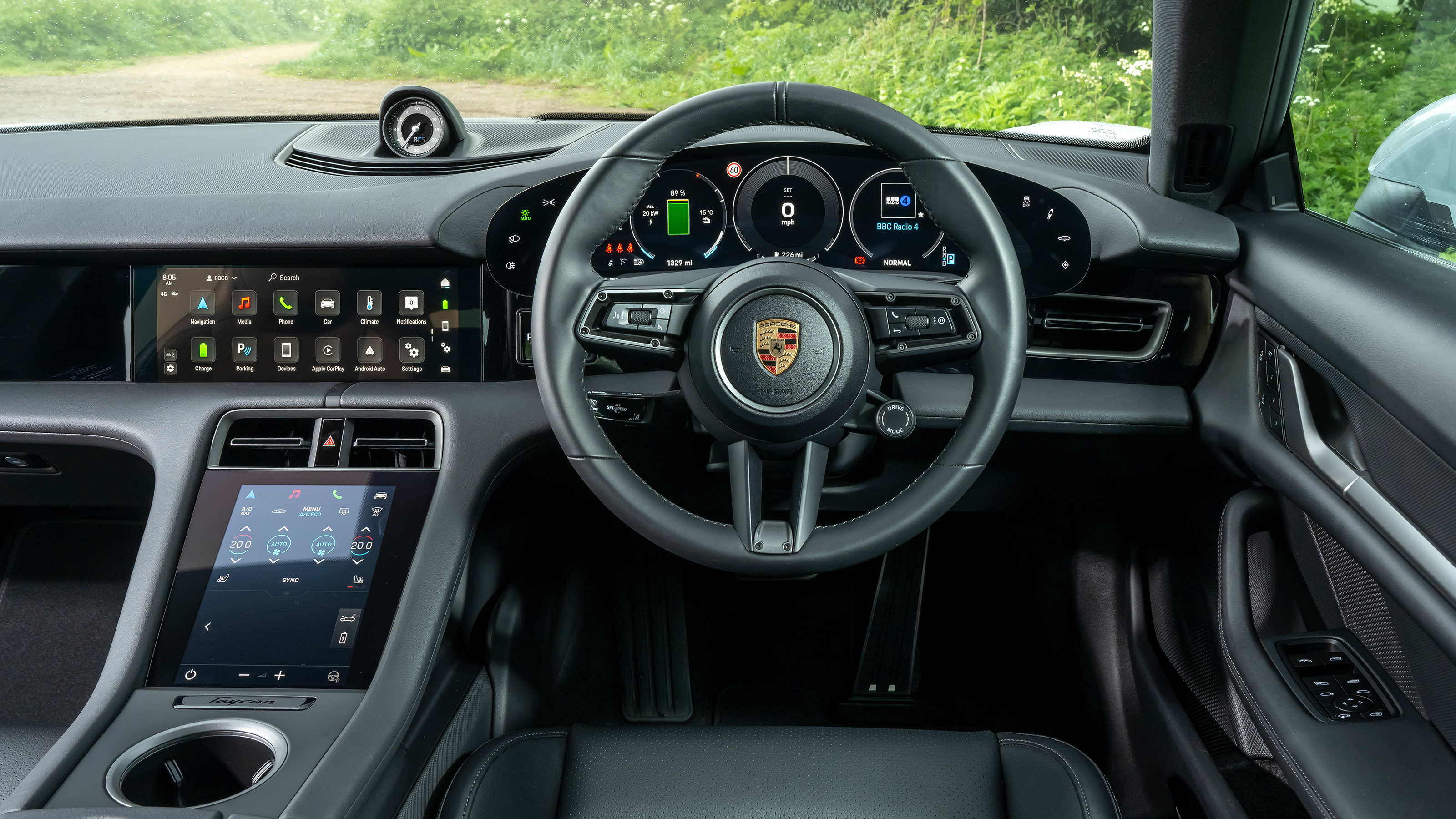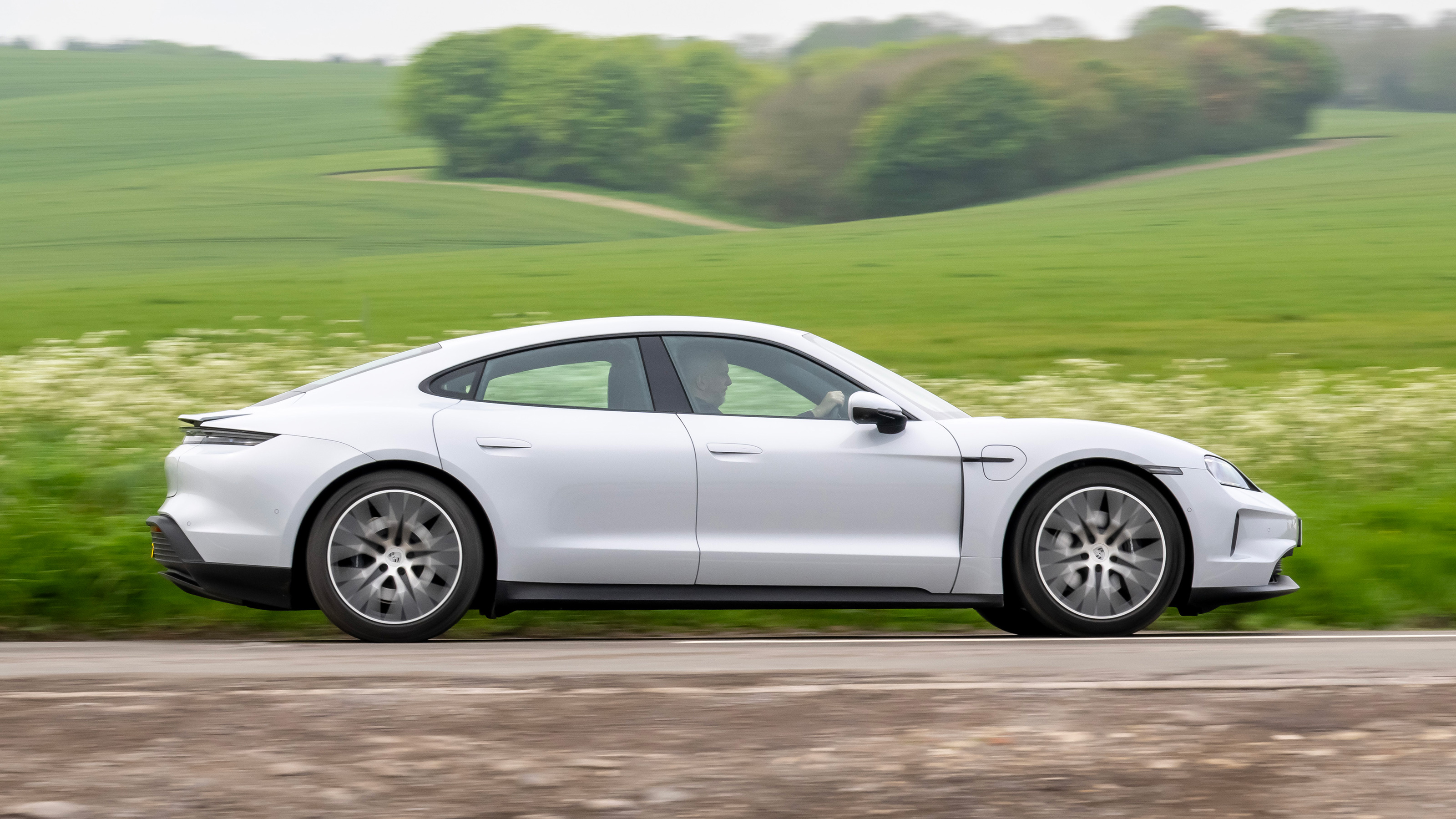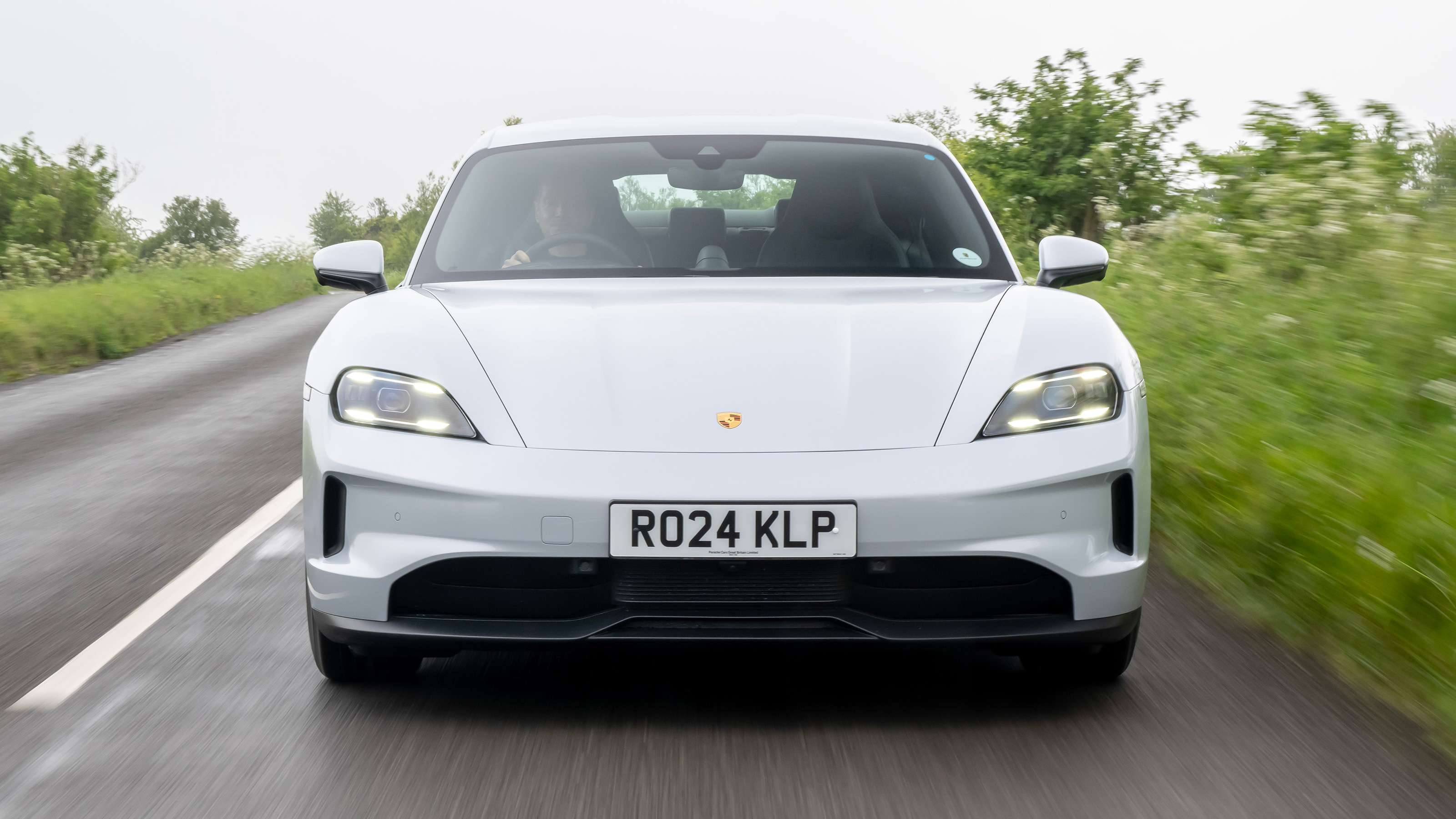
Buying
What should I be paying?
It ranges from £86,500 (regular-battery Taycan RWD) to £161,400 (Turbo S) with the two Turbo GT models, separately reviewed, at £186,300. Leases start at about £1,000 a month.
But it's horribly easy to boost that with a few choice specs. Here we go… larger battery £4,296, 4WS £1,593; active ride £6,291 (requires active diff £1,158); HD matrix LED headlights £1,755. These are all standard on the Turbo S.
Then… adaptive cruise £1,092 or level 2 lane-supporting ADAS £2,042 (requires Sport Chrono pack £1,148); passenger display £1,061; sound simulation £389 (requires Bose £1,952 or Burmester £4,620).
And that's before you think about electric heated or cooled seats, upgraded leathers, glass roof and so on. And that's before you get into the Exclusive Manufaktur leather and trim options. The configurator is a rabbit hole.
If you drive in town the 4WS is handy, and if you drive on motorways you'll want the adaptive cruise and bigger battery. If roads are bad, go for active ride but remember the now-standard air system is pretty fine.
With one of the twin-motor cars driven at road speeds, you might get up to 2.9 mi/kWh even in the Turbo S. Recreational driving on alpine-type roads knocks that down to around 2mi/kWh. So the large battery should be OK for around 290 miles real-world in Britain, and more if on A-roads not motorways.
Warranty is three years unlimited mileage. Battery warranty is 100,000 miles to 70 percent capacity.
Featured

Trending this week
- Car Review
Renault Clio






